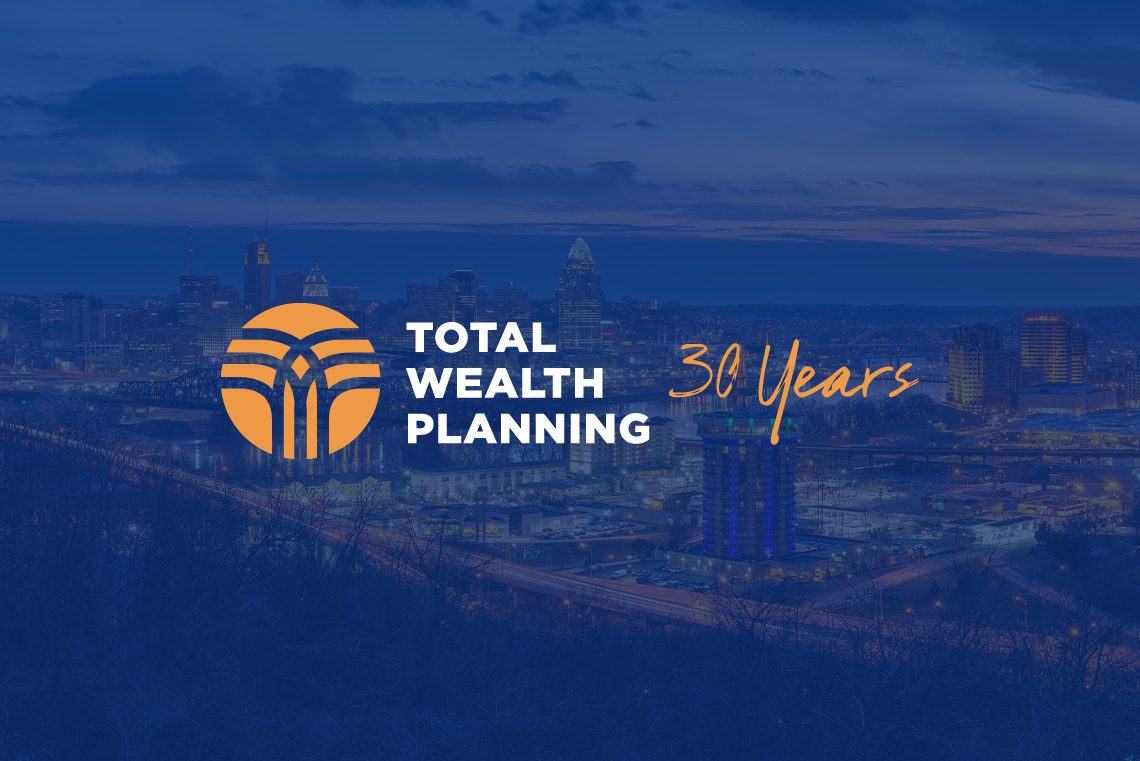If you’re like most Americans, you’ve probably dreamed about retirement your entire career. For many, retirement represents freedom. Retirement offers freedom from the time constraints that come with a busy career. It offers the freedom pursue the activities and interests that you are most passionate about. It provides the freedom to spend time with friends and family.
As much as you’ve probably thought about retirement, though, you could still be in for a few surprises after you leave the working world. You may find that your retirement doesn’t exactly align with what you had envisioned for yourself.
For example, you may find that you spend more money after you retire than when you were working. You might discover a passion for a new hobby or travel destination. You could even find that you don’t enjoy having so much free time. Like many retirees, you may learn that health care costs consume a sizable portion of your budget.
It’s not uncommon for retirees to go back to the drawing board soon after they leave their careers. Retirement is a major life change and it can bring surprises that have a personal and financial impact. You can’t predict the future, but you can prepare yourself for the unexpected so you’re equipped to handle whatever life throws your way.
Why You Need a Retirement Vision Statement
One of the best planning tools you can use to prepare for this major life change is a retirement vision statement. It’s simply a document in which you put pen to paper and write down your vision for retirement. You can use the document to identify your interests and values, set priorities, and prepare for risks.
Think of your retirement vision statement as a description of what your life will be like after you retire. Will you spend time with grandchildren and other loved ones? Will you use your newfound freedom to travel or pursue a favorite interest? What will your days be like? What will you do with your time and money?
A retirement vision statement serves a few important purposes. One is that it may reveal risks or concerns that you weren’t previously aware of. For example, as you start to write about your retirement, you may find that you don’t really know how you will fill your free time, which may be a sign that you should consider picking up a hobby or even working part-time.
This kind of document is also helpful for couples, especially if you have differing views of what retirement should look like. What if one spouse wants to be active and travel the world while the other wants to relax and stay home? How do you find a middle ground between those competing ideas?
Finally, your retirement vision statement can inform your saving and spending goals. You should be able to look at your completed statement and see how you will spend your free time and your money after you retire. If your vision statement is full of vacations, rounds of golf, and shopping, then you need to work those activities into your budget and possibly increase your retirement contributions in the final years of your career.
How to Create Your Own Retirement Vision Statement
There’s no formal process or template for creating a retirement vision statement, so do what feels right to you. You might create a simple outline or list of the things you would like to do in retirement. You could write a narrative about your ideal day. You could create a formal document describing your priorities and potential risks.
Here are a few ways to get the ideas flowing:
Your retirement business card. You’ve likely tried a business card for most of your career. That card quickly tells people where you work and what your title is.
What would your retirement business card say? What would your title be in retirement? Grandmother? Scratch golfer? World traveller? This is a quick and easy exercise to help you determine what is most important to you after you retire.
Eulogy. This might be a bit morbid, but it’s also an effective way to plan the final few decades of your life. Think ahead to your funeral and the eulogy. If it happened today, what would the eulogy say? What about 10 years from now or even 25 years from now?
Third chapter. Think of your life as a three-chapter book. The first chapter was about your childhood and the early years of adulthood. It likely centered around family, friends, and education. The second chapter may have been about your career, starting a business, or even raising a family.
What should the third chapter be about? Use your retirement vision statement to outline that third chapter, and then use that information to guide your retirement planning.
Ready to develop your retirement plan? Let’s connect and talk about it. Contact us at Total Wealth Planning to start the conversation today.







